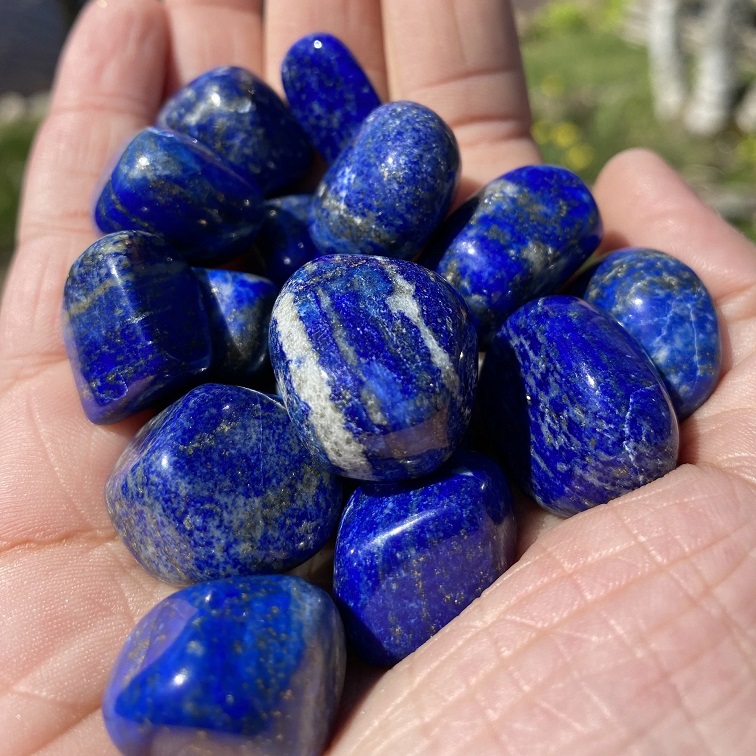
Lapis lazuli is a mix of Latin and Persian (azure has the same root).
The last vowel is pronounced two ways. You could go to
wikipedia
for some etymology.
Persian is a mix of the language of Persepolis, which is an Indo-European
language, plus Arabic.
The Persian word for soldier is sarbaz, pronounced sarbawz. Sar is head, and baz is more or less lose, so it is someone who loses his head.
Here is a half-decent source. One can learn
things, get a different perspective, from foreign words.
Here are the Persian words for chess pieces. That could take us down some
rabbit trails.
And speaking of rabbit trails
The Persian word for blue is abi, pronounced
awbi.
The word comes from water. The word for water is similar in all those
Indo-European languages.
The Persian word for turquoise is firuze. I mention that because the word and
the colour are neat.
colours in Persian
The q letter is a mideast g sound.
The Surprising Poetry of Persian Colors
Sabzi, what we would call greens, show up in haftsin, seven things that start with
the letter s.
You might need some Tylenol for this one.

The word azul is a Portuguese and Spanish word that means blue.
It originates from the Arabic word for lapis lazuli.
The game above has the theme of azulejos, the ceramic tiles common in Portugal.
As you can
see, they are often blue. The game is not particularly blue.
The word azulejo comes from the Arab term for a small polished stone.
This is unrelated to the word azul.
To sort through this mess you could ask the German designer Michael Kiesling, or
perhaps the guys at
All You Can Board

